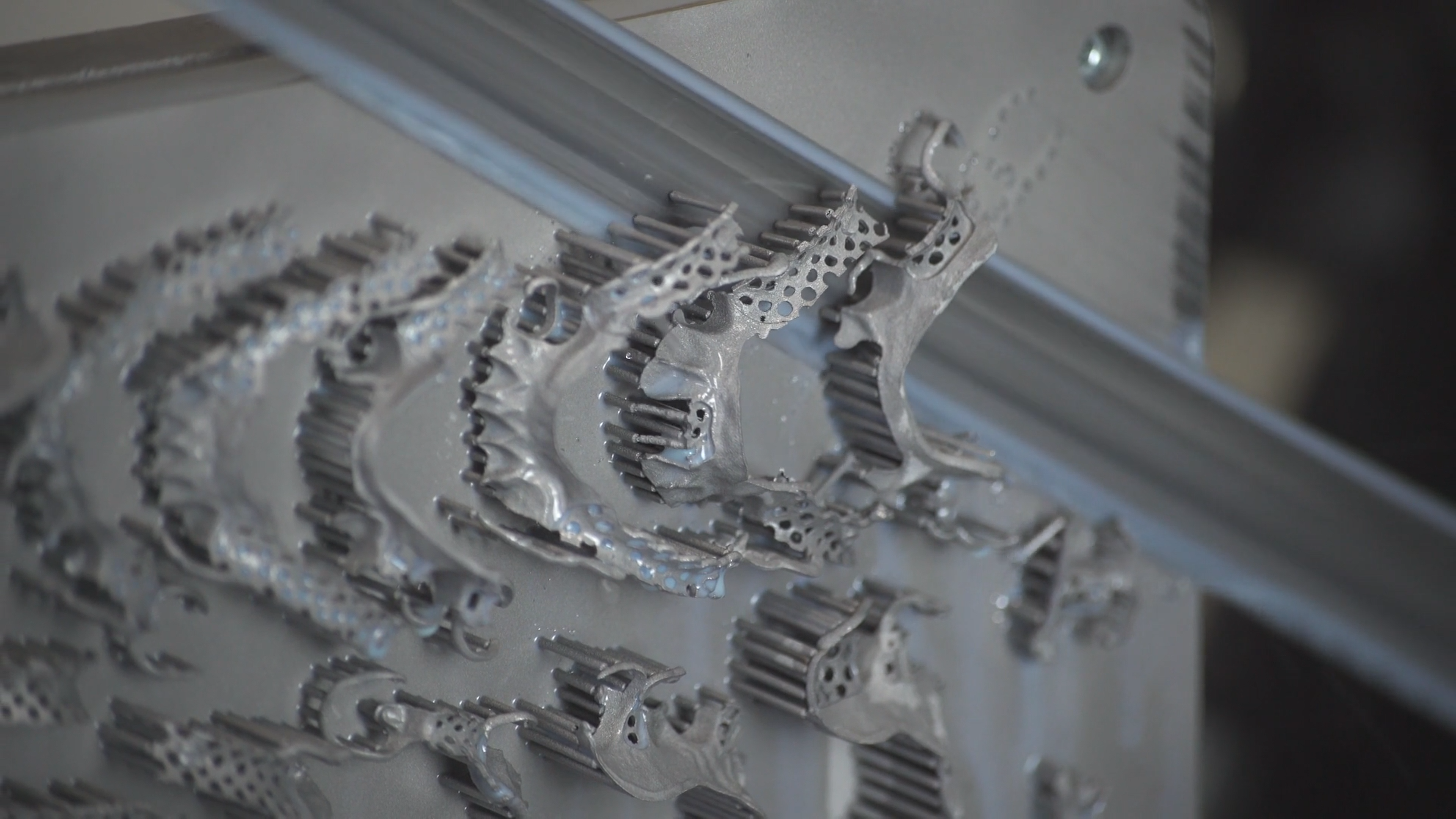
In Outside Image selection, control points can now be moved outside the view. The last selected control point can be fine-tuned with the cursor keys.

Tiling Synth tool: improved image straightening detection and correction.PixPlant can be a big time-saver for your texturing work! With PixPlant and a few clicks, you can turn real-world surfaces into seamless tiling PBR materials. Can also edit maps in an external editor.Ĭreating tiling 3D maps and materials has traditionally been complex and labor-intensive work. Contains a plug-in for Adobe Photoshop.Contextual help and integrated tutorial system for step-by-step interactive learning.Also supports the Traditional Diffuse-Specular workflow. Includes a variety of tools for 3D map editing, extraction, and feature transfer.Extracts PBR materials based on real-world photos, with adjustable settings.Creates seamless tiling maps from photos or from synchronized scanned textures.Save a lot of texturing time with PixPlant 5! PixPlant Features PixPlant creates and edits 3D maps and quickly transforms common photos into seamlessly tiling materials. Future research with well-designed RCTs including follow-up observation is compellingly necessary in the field of complete digital processing.Ĭomplete digital workflow Fixed prosthodontics Implant-supported Systematic review Tooth-bourne.A complete solution for tiling PBR materials. Research with high-quality trials seems to be slower than the industrial progress of available digital applications. Scientifically proven recommendations for clinical routine cannot be given at this time. The number of RCTs testing complete digital workflows in fixed prosthodontics is low. No RCTs could be found investigating multi-unit fixed dental prostheses (FDP). The complete digital workflow was more than twofold faster (75.3 min) in comparison to the mixed analog-digital workflow (156.6 min) (p < 0.05). The third study investigated implant crowns. Another study showed that leucite-reinforced glass ceramic crowns were esthetically favoured by the patients (8/2 crowns) and clinicians (7/3 crowns) (p < 0.05). One study demonstrated that fully digitally produced dental crowns revealed the feasibility of the process itself however, the marginal precision was lower for lithium disilicate (LS2) restorations (113.8 μm) compared to conventional metal-ceramic (92.4 μm) and zirconium dioxide (ZrO2) crowns (68.5 μm) (p < 0.05). Analysed RCTs were heterogeneous without follow-up. The systematic search identified 67 titles, 32 abstracts thereof were screened, and subsequently, three full-texts included for data extraction.
#PIXPLANT METAL WORKFLOW REGISTRATION#
An official registration of the systematic review was not performed. A judgment of risk of bias was assigned if one or more key domains had a high or unclear risk of bias. Assessment of risk of bias in selected studies was done at a 'trial level' including random sequence generation, allocation concealment, blinding, completeness of outcome data, selective reporting, and other bias using the Cochrane Collaboration tool.

The search strategy was assembled from MeSH-Terms and unspecific free-text words.
#PIXPLANT METAL WORKFLOW MANUAL#
The aim was to compare fully digitalized workflows to conventional and/or mixed analog-digital workflows for the treatment with tooth-borne or implant-supported fixed reconstructions.Ī PICO strategy was executed using an electronic (MEDLINE, EMBASE, Google Scholar) plus manual search up to focusing on RCTs investigating complete digital workflows in fixed prosthodontics with regard to economics or esthetics or patient-centered outcomes with or without follow-up or survival/success rate analysis as well as complication assessment of at least 1 year under function. The continuous development in dental processing ensures new opportunities in the field of fixed prosthodontics in a complete virtual environment without any physical model situations.


 0 kommentar(er)
0 kommentar(er)
